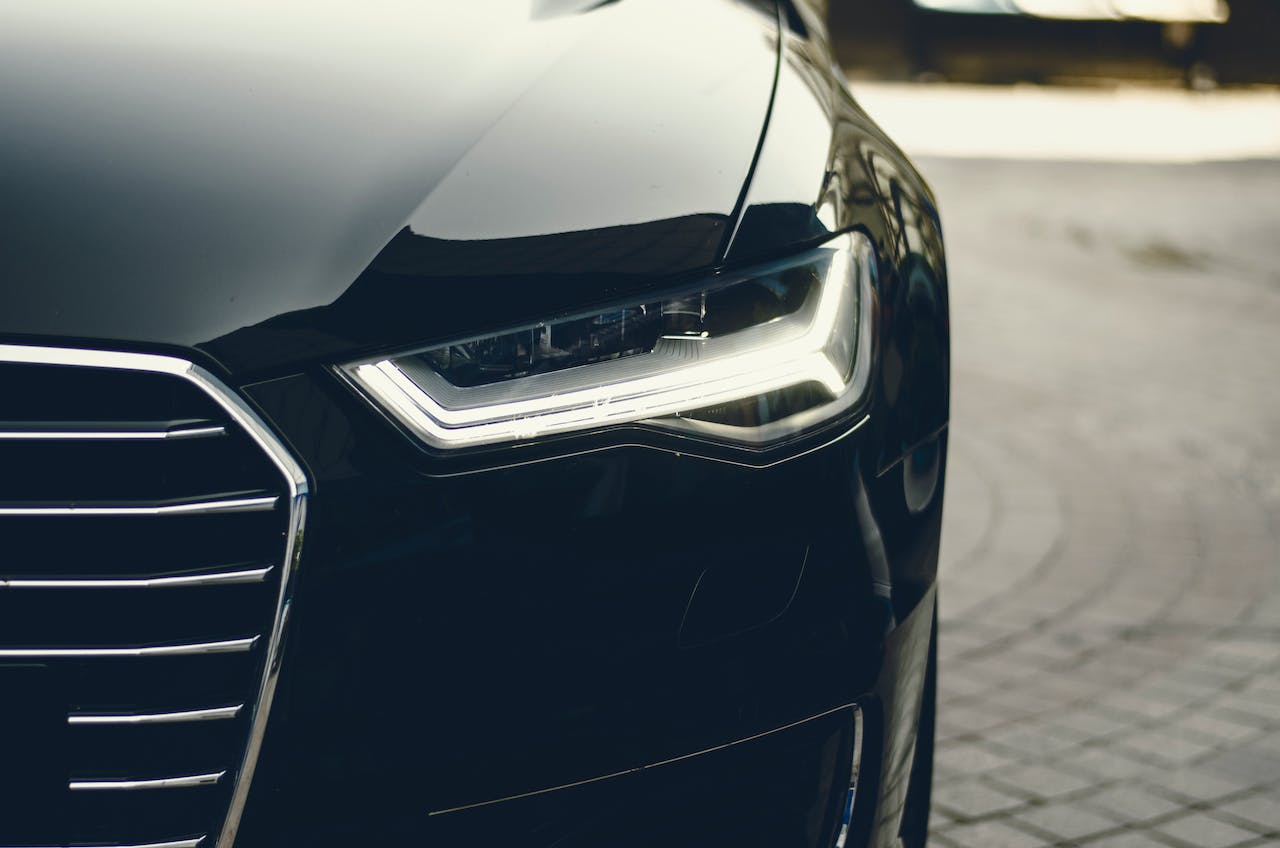Pollution has become a major cause of concern for everyone on the globe. The environment has been polluted to a great extent, and getting back the earth to its natural state is almost impossible. Therefore, we need to take drastic measures to control the damage further. The automobile sector has primarily been responsible for the current levels of pollution and is bound to take steps to be more eco-friendly by the day.
SCR Technology
The 2014 legislative demands, covered under the Tier 4 final technology, mentions that all off-road engines with output over 75 kW in the US and 130 kW in the EU have to reduce NOx and PM emissions by 99% over the pre-legislation levels. This is a strict and rigorous condition, but necessary for tackling pollution. The Tier 4 Final Engine Technology that is effective in doing all of the above is SCR, an acronym for Selective Catalytic Reduction.
Using SCR coupled with a light EGR (Exhaust Gas Recirculation) system, the engines are ready to meet the tier 4 emission standards with reliable and durable technology. This ensures minimum maintenance costs, better productivity for the customers, and controlled emission levels for the environment. It is a win-win situation for everyone.
Environmental Hazards of Exhaust Emissions
The legislation mainly regulates nitrous oxides (NOx) and particulate matter (PM). The importance of lowering NOx and PM levels should not be undermined because particulate matter creates an unpleasant odor and causes lung irritation. In some cases, it can bring on severe consequences such as cancer and heart diseases. Nitrous oxides are toxic and are responsible for creating acid rains and ground-level smog. Thus, cutting down exhaust emission is a critical step in curbing pollution.
Benefits Of SCR
Together with the EGR system, theTier 4 Final Engine Technologyuses fewer components, and hence, it’s easy to maintain while being cost-efficient, durable, and easy to install. In the SCR technology, AdBlue is injected into the exhaust line. It reacts with NOx in the catalytic converter and turns the harmful NOx into nitrogen and water.
An improvement in the Selective Catalytic Reduction (SCR) technology meant that a reduction of NOx and PM without adding too many extra parts, thus preventing any hassles for customers. The improved SCR and EGR are the only two components used to introduce a world of change.
DPF As an Alternative?
A rather common alternative to the SCR is the DPF (diesel particulate filter.) The solution to meet the emission standards was to add a diesel particulate filter DPF, which captures the soot and periodically incinerates it down to harmless ash through the process of regeneration. But it comes with its own loopholes.
A DPF system needs costly maintenance and regular replacement. This system requires many extra parts, from air pumps and compressors to ignition coils, which can all fail in the long run. SCR technology is better and more efficient because of its durability and easy maintenance features. Moreover, it improves fuel efficiency by 5%, which is highly commendable.
Conclusion
TheTier 4 final engine technology can be a leap forward to reduce our carbon footprints and help reduce pollution levels. As we march ahead in this era of continuous technological advancements, being ecocentric is the only wise decision we can take to better our lives and help us and the future generations live a healthy life.
